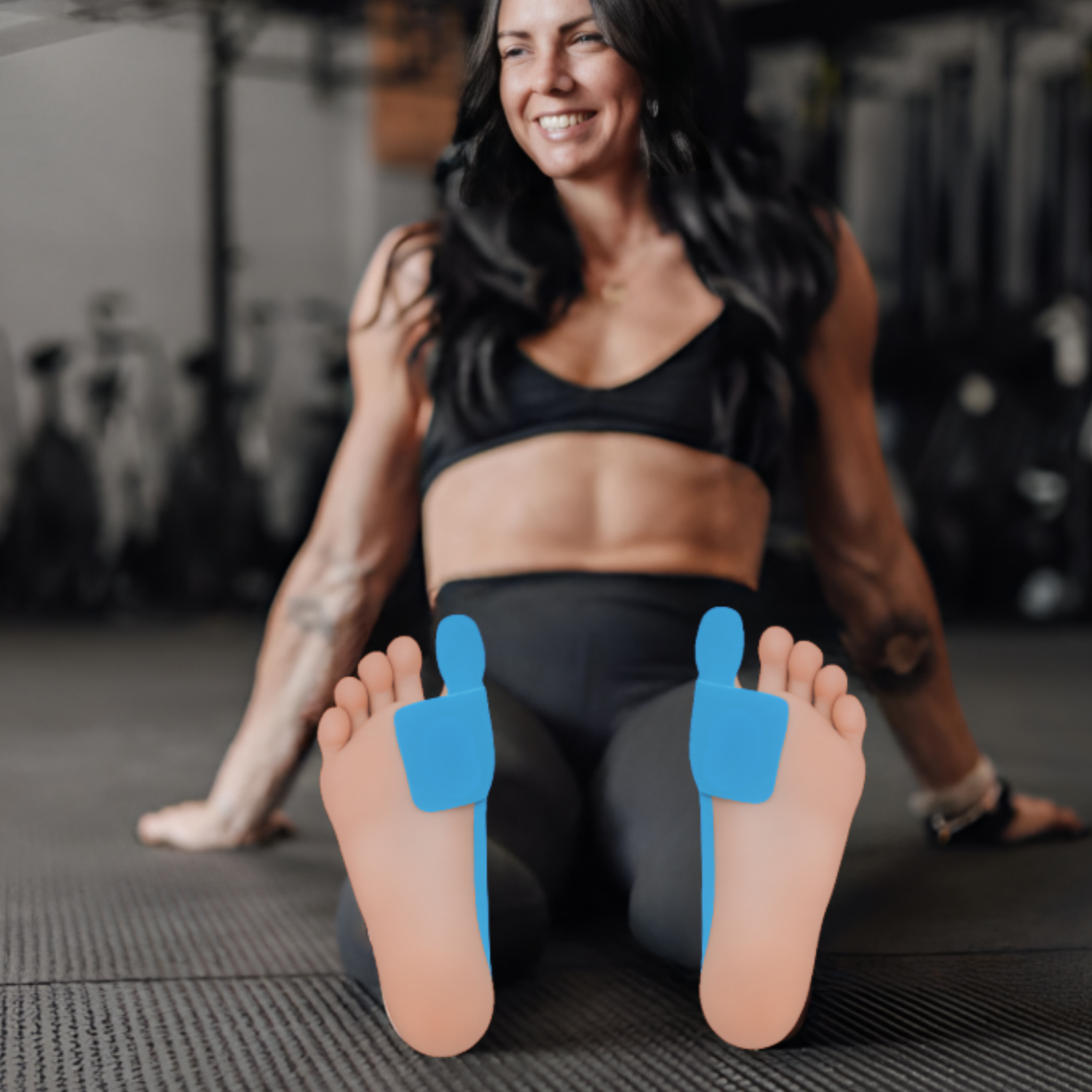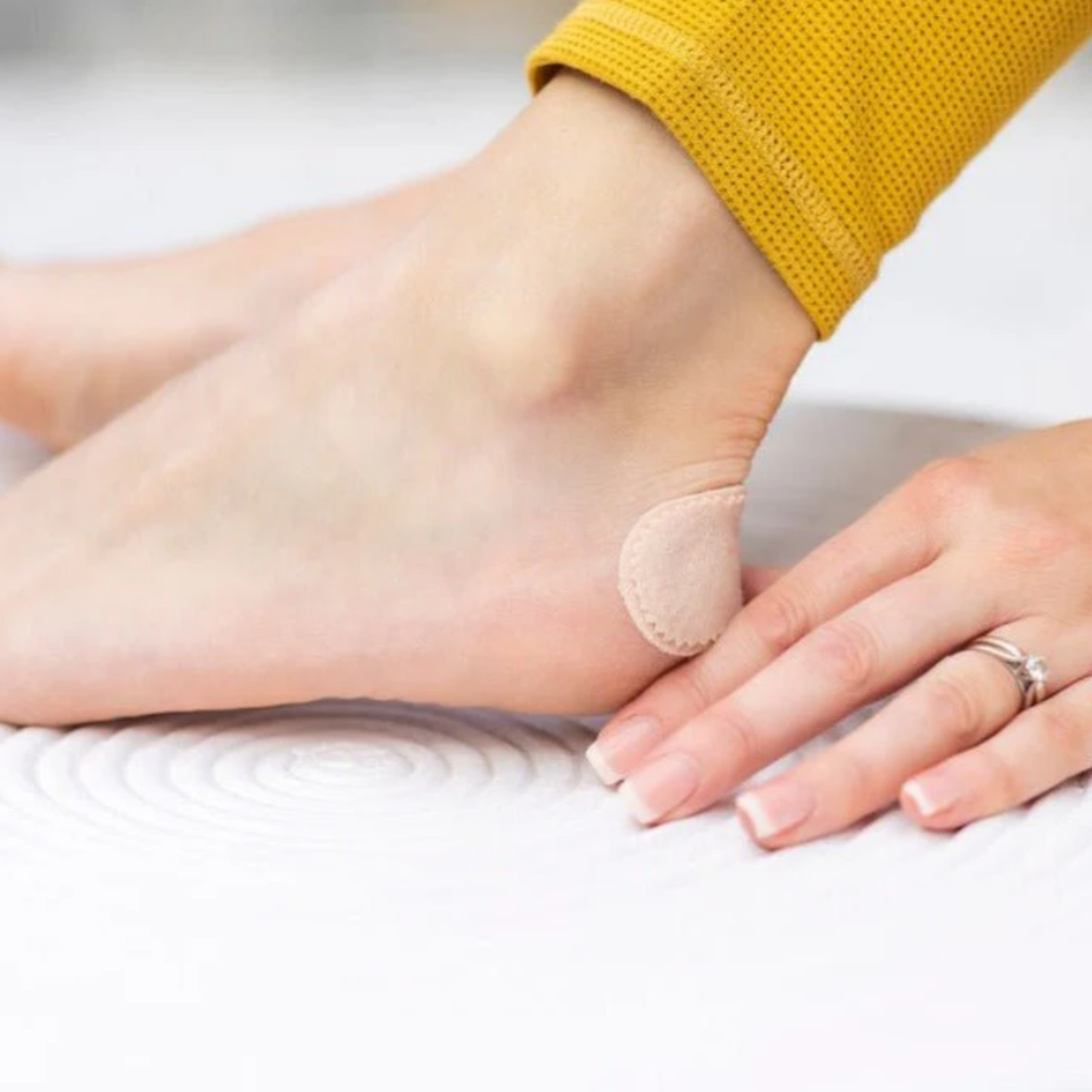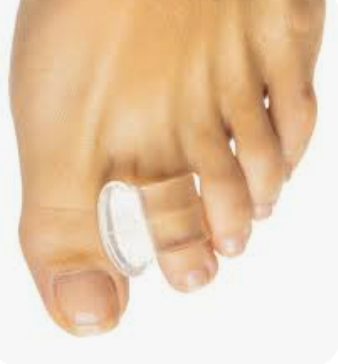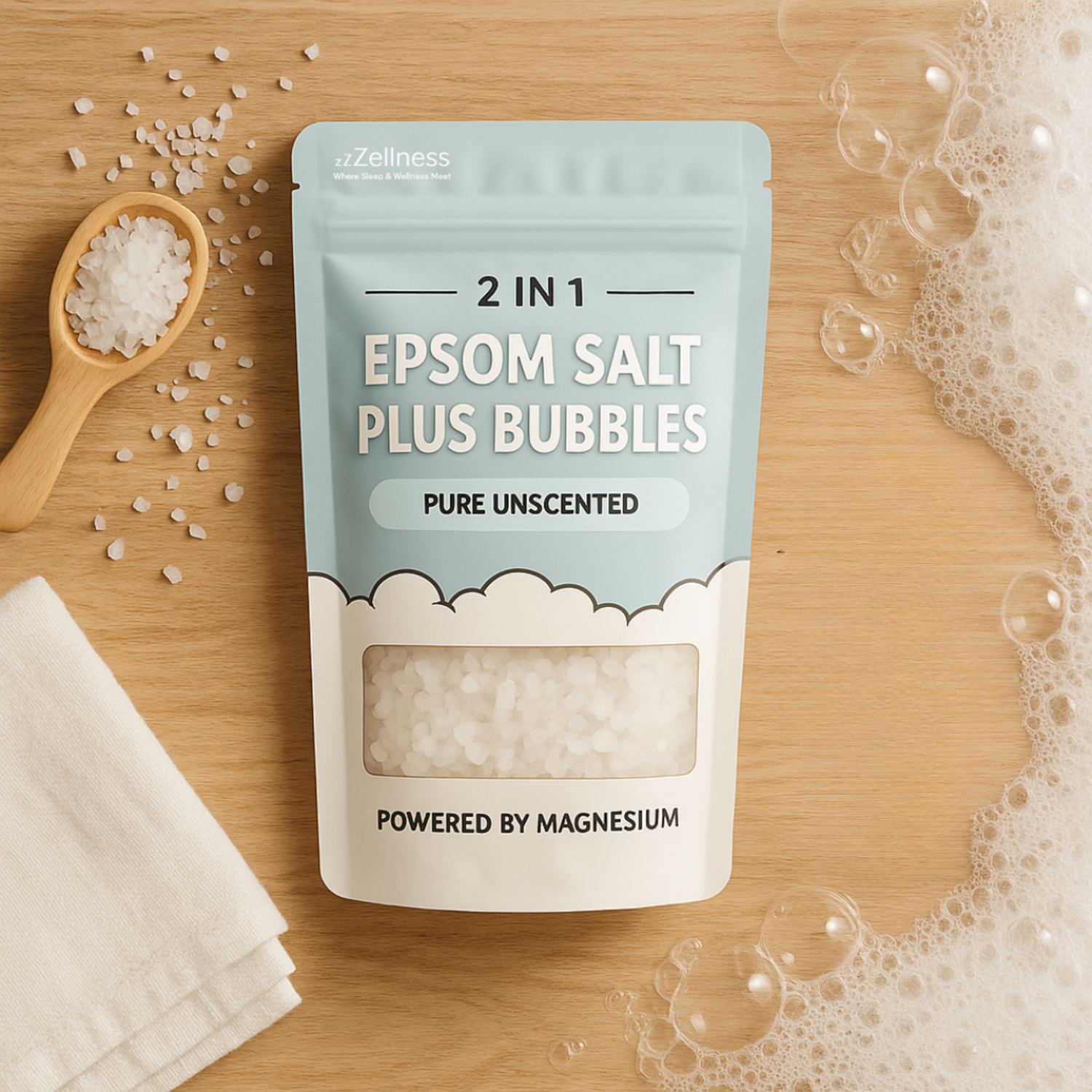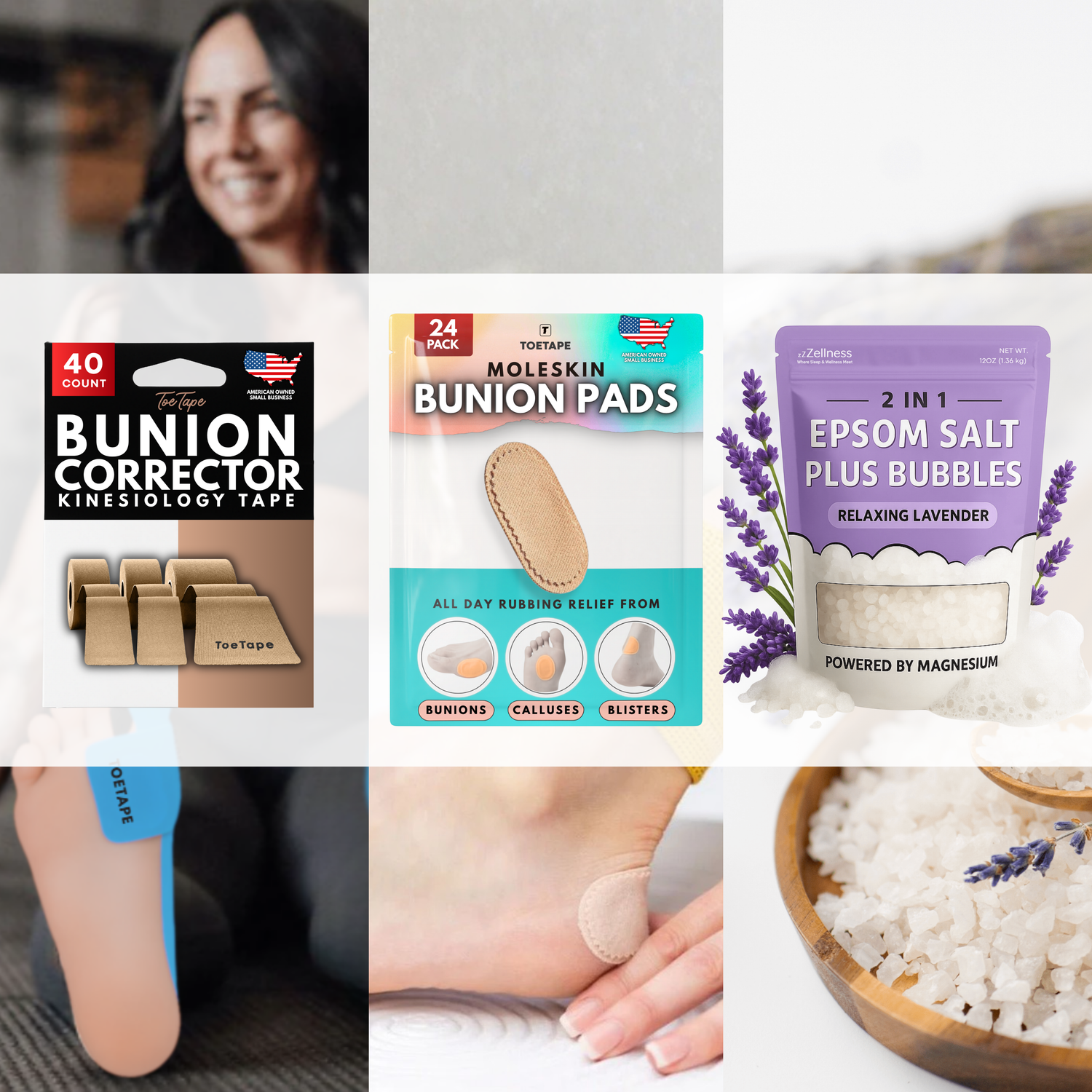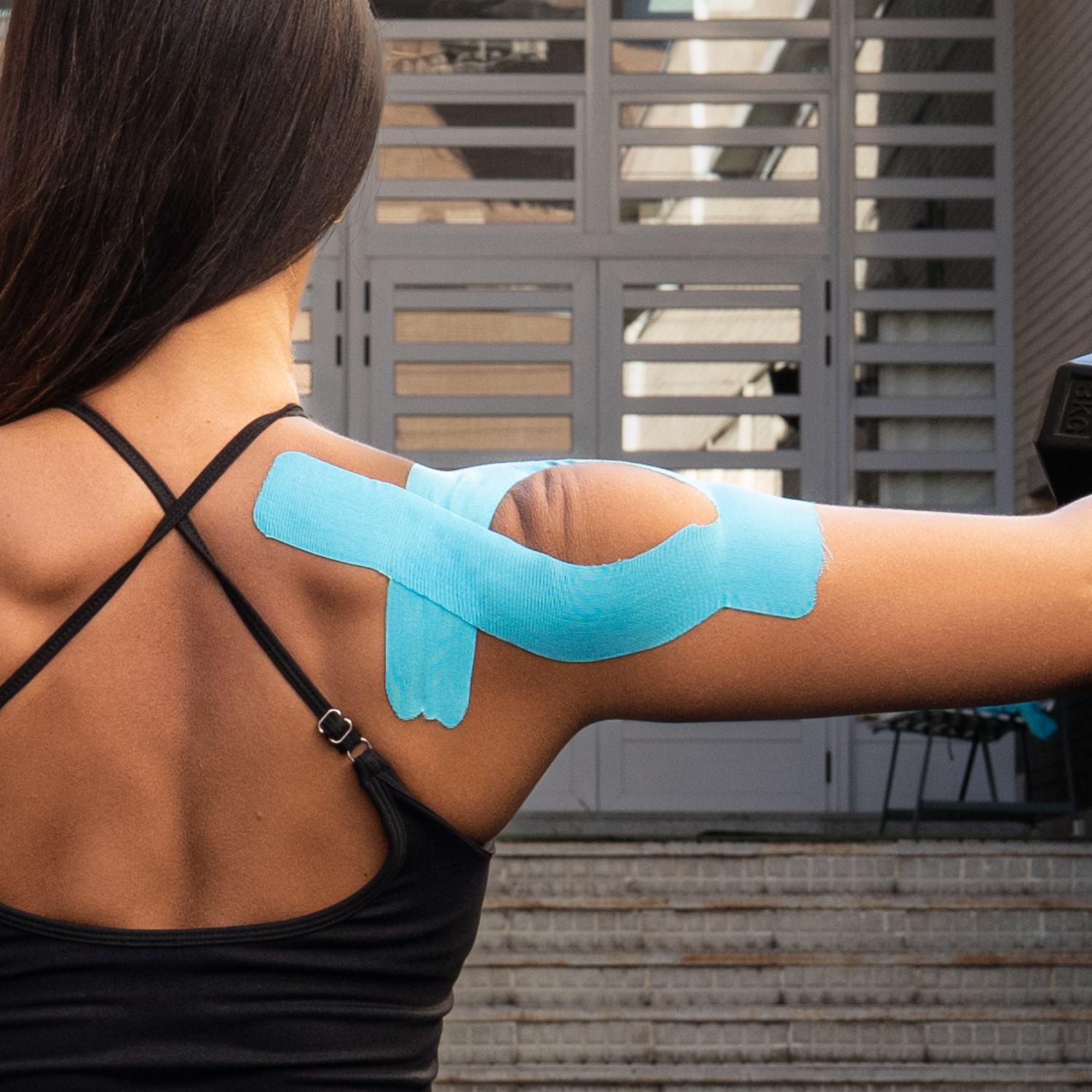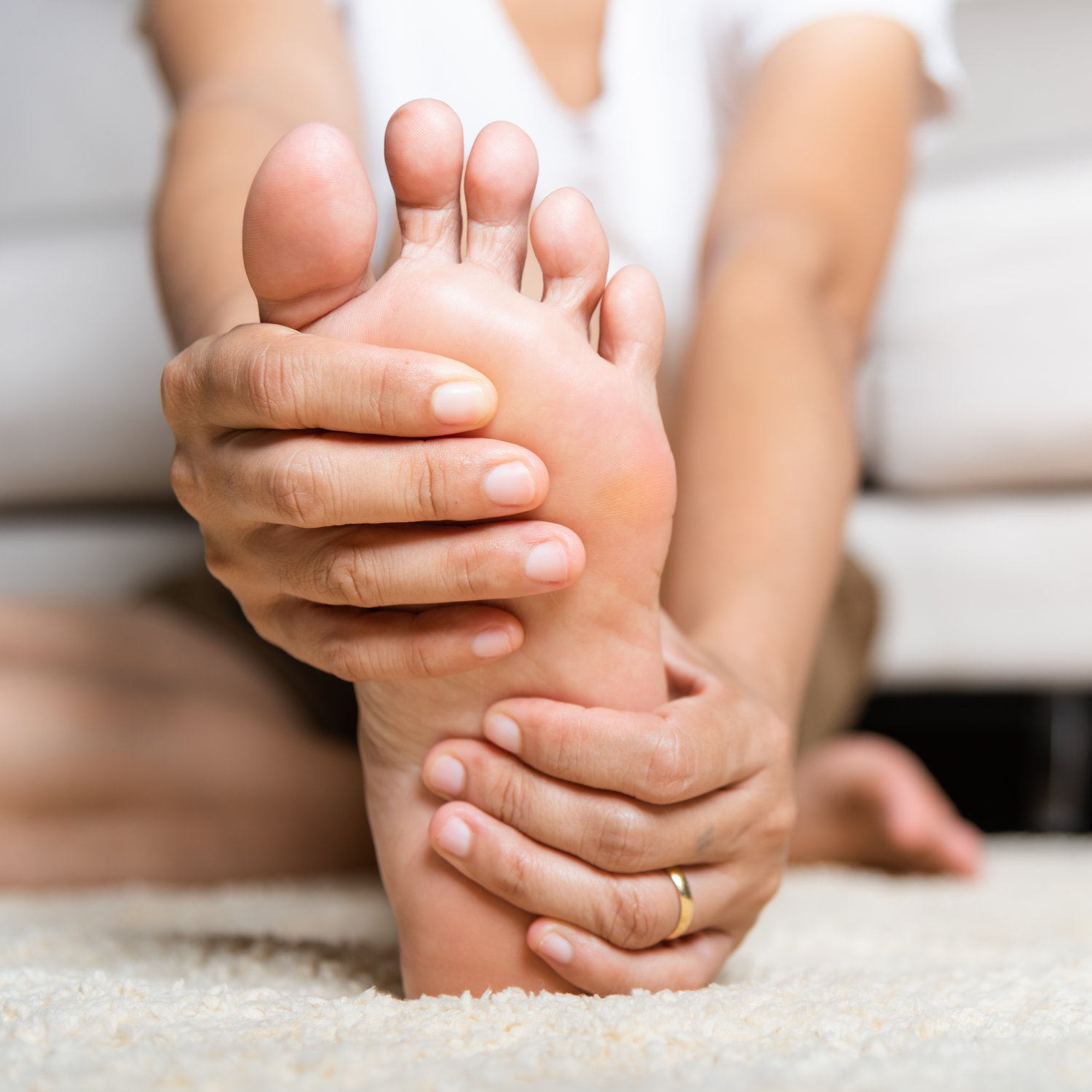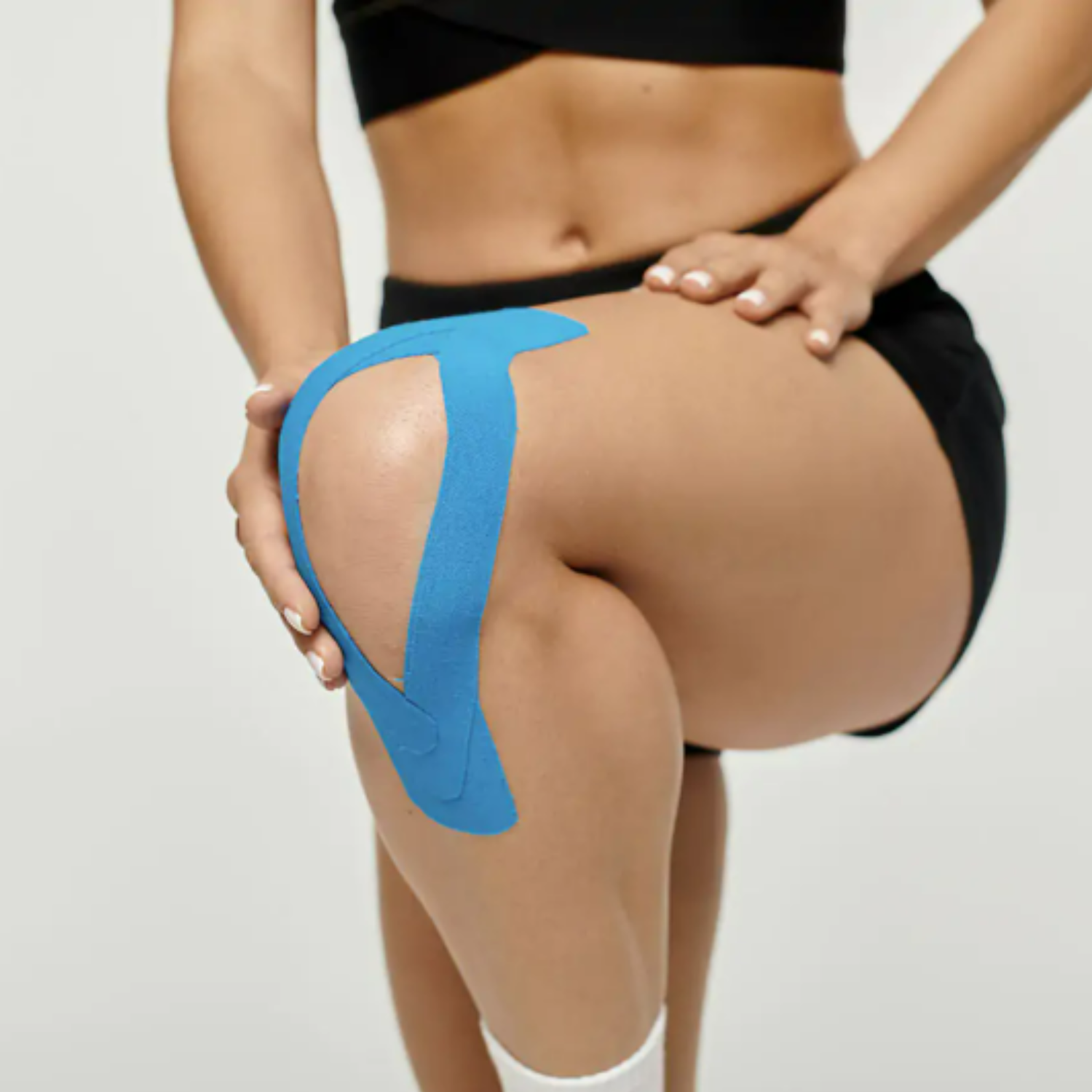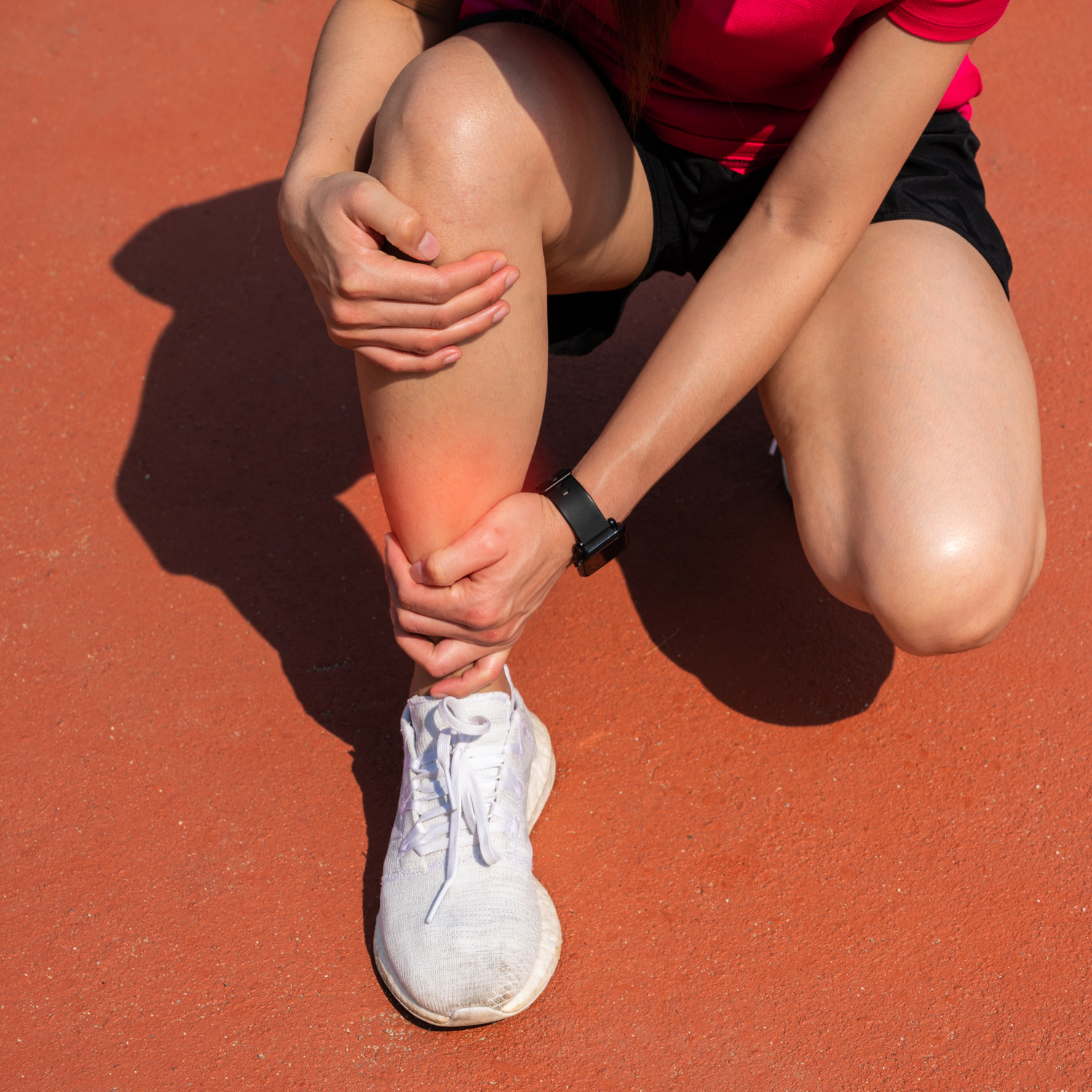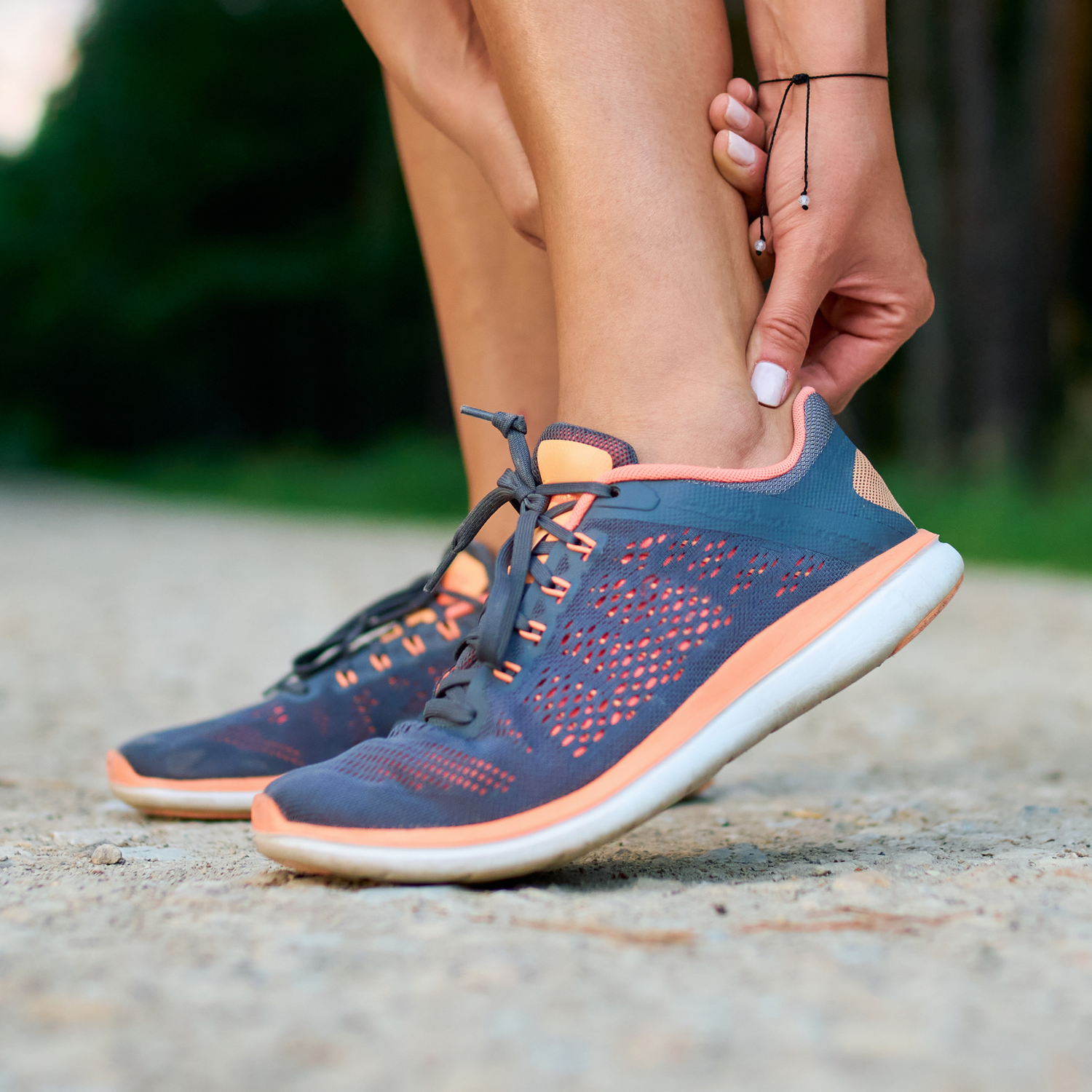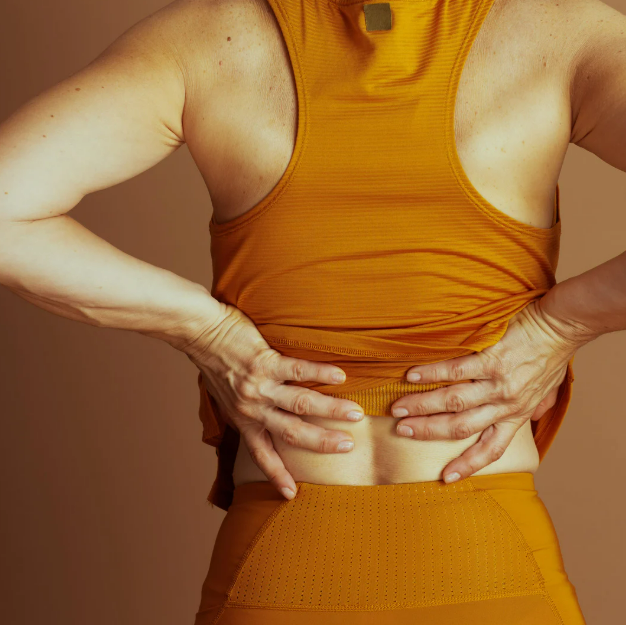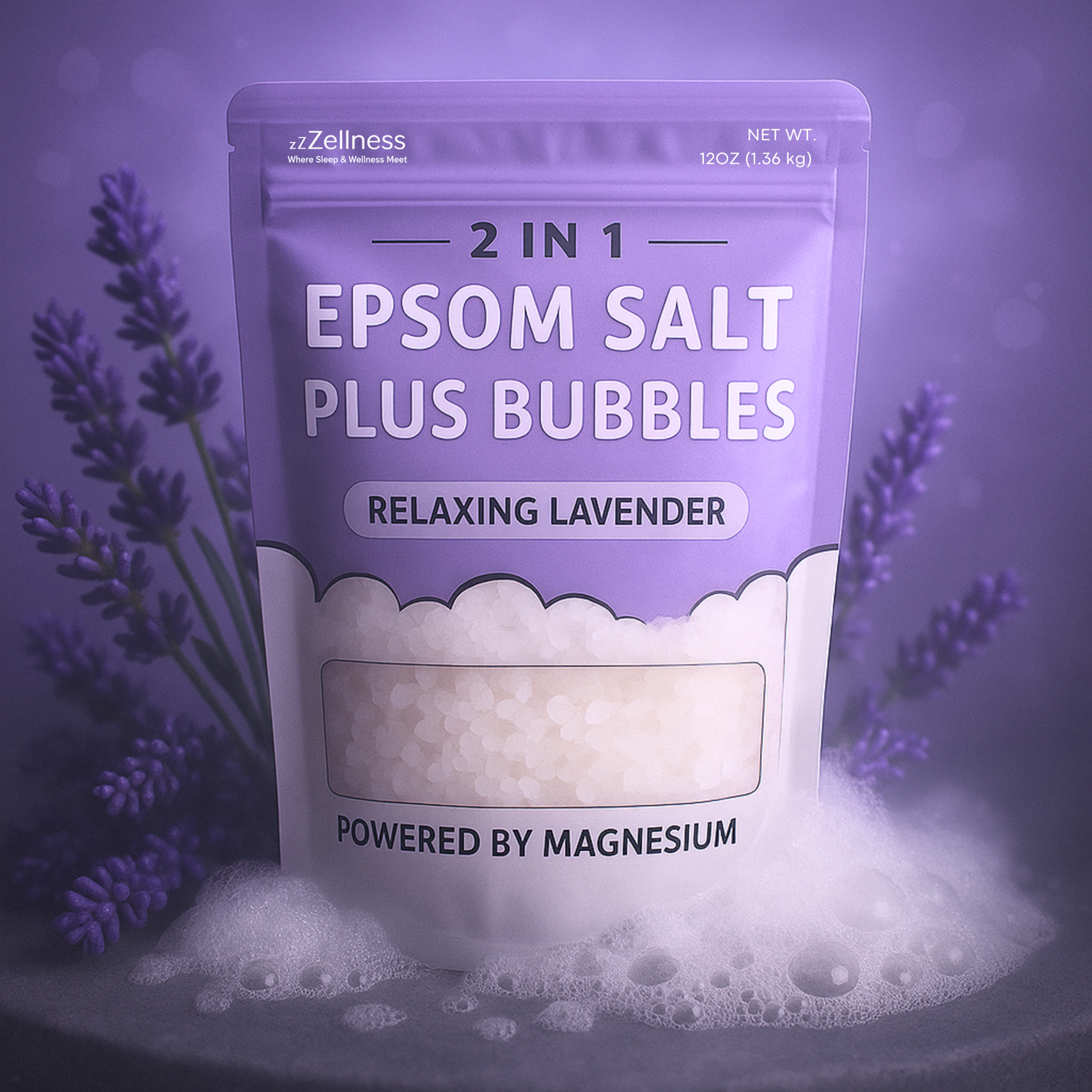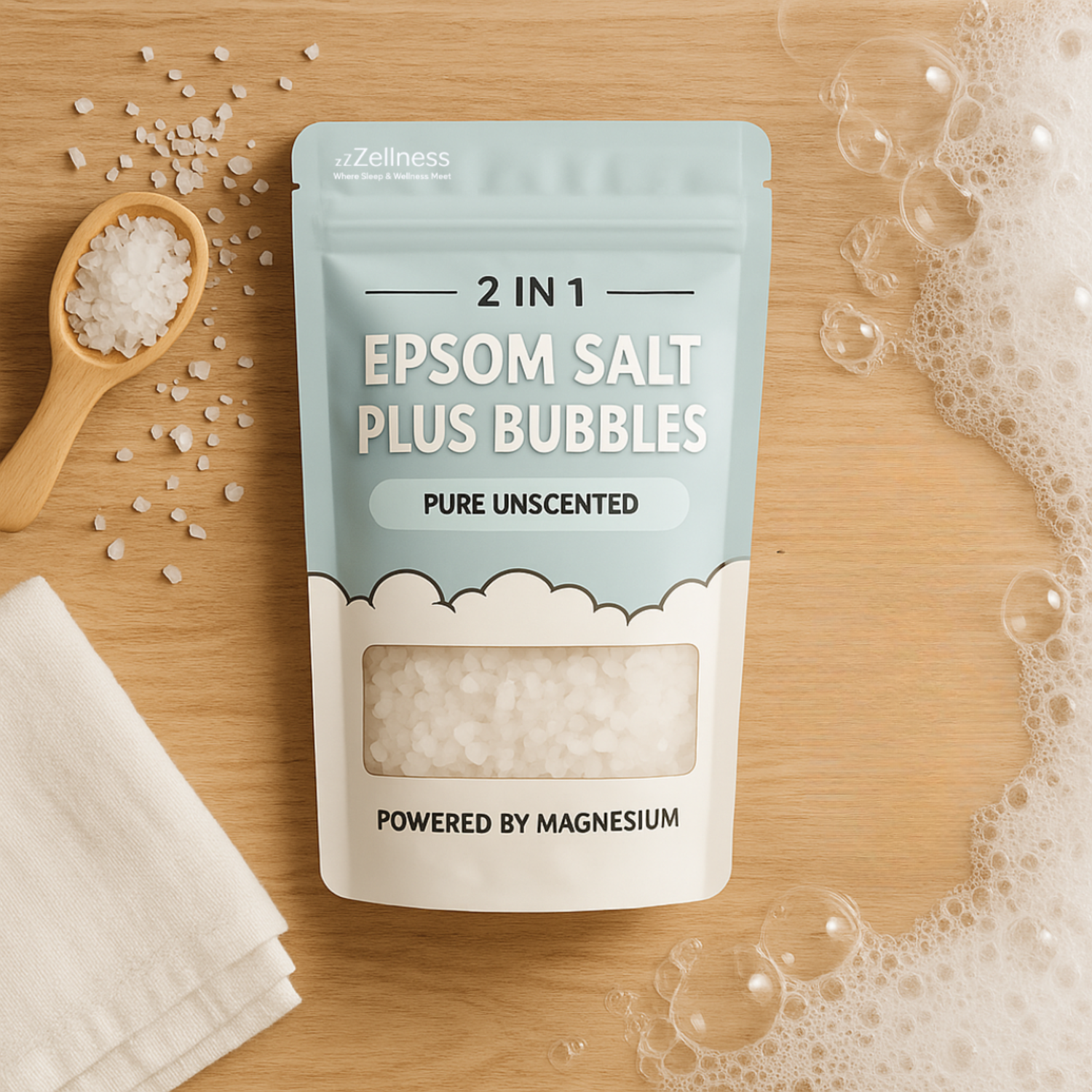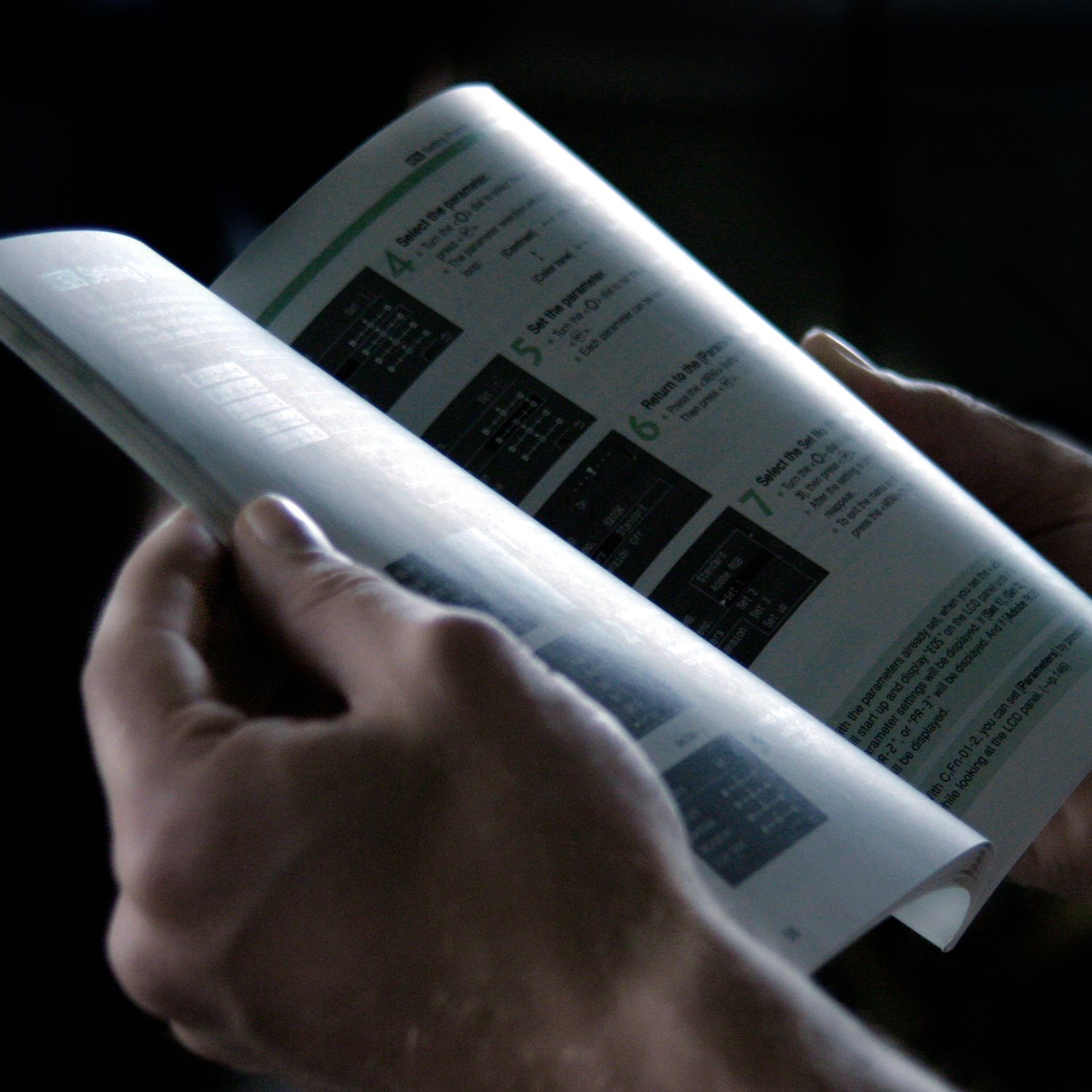Are you tired of persistent bunion pain affecting your daily comfort and mobility? Many adults struggle to find a non-invasive solution that truly works.
This expert guide for 2025 explores how the kinesiology tape bunion method can offer targeted support and relief based on the latest research and real-world results.
Inside, you will discover what kinesiology tape is, how it helps with bunions, practical taping instructions, expert tips, and answers to your most pressing questions. Take the first step toward pain-free movement with proven, easy-to-follow advice.
Understanding Bunions and Kinesiology Tape
Bunions are a common foot concern, often causing daily discomfort and mobility issues. Understanding how a kinesiology tape bunion approach works is key to finding effective, non-invasive relief. This section explains bunion basics, how kinesiology tape bunion methods help, their advantages and limitations, and who can benefit most.
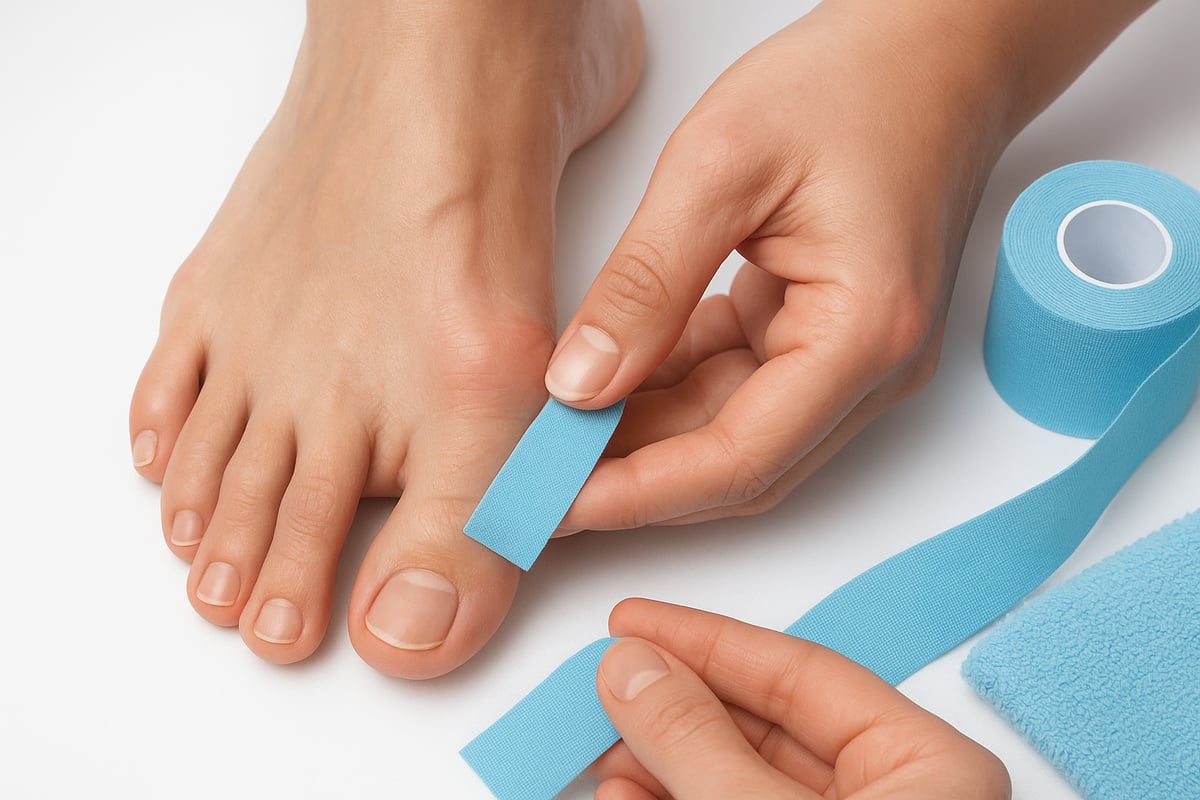
What Are Bunions? Causes, Symptoms, and Impact
A bunion, or hallux valgus, develops when the big toe shifts toward the second toe, causing a bony bump at the base of the joint. Genetics, ill-fitting shoes, and abnormal foot mechanics are leading causes. Symptoms include pain, swelling, redness, and a visible misalignment of the big toe.
Bunions can affect daily movement, making it hard to walk or wear regular shoes. According to a 2023 study, about 23% of adults experience bunions, underscoring the widespread need for solutions like kinesiology tape bunion techniques. Early intervention can slow progression and improve comfort. Mild cases may show slight swelling, while severe bunions can cause the big toe to overlap others.
| Symptom | Mild Case | Severe Case |
|---|---|---|
| Pain | Occasional | Constant, sharp |
| Swelling | Slight | Pronounced |
| Mobility | Slight loss | Significant loss |
| Toe Angle | Mild shift | Major deviation |
Recognizing symptoms early allows for proactive management.
How Kinesiology Tape Works for Bunions
Kinesiology tape originated in sports medicine to support muscles and joints without limiting movement. For a kinesiology tape bunion solution, the tape gently lifts the skin, increases circulation, and reduces pressure on the bunion. This can realign the big toe, offering pain relief and improved stability.
Unlike bulky bunion pads or rigid splints, tape allows for natural motion and fits inside most shoes. Clinical research, including a case study on bunion improvement, shows up to a 40% reduction in pain and measurable improvement in toe angle with consistent taping. Active individuals, such as runners or those on their feet all day, find kinesiology tape bunion applications especially helpful for maintaining mobility and comfort.
Advantages and Limitations of Kinesiology Tape
The main advantage of a kinesiology tape bunion approach is that it is non-invasive and drug-free. Tape can be cut and applied to fit any foot shape, supporting activity and exercise. It is discreet, comfortable, and does not require downtime.
However, kinesiology tape bunion solutions are not a cure. They may provide relief for mild to moderate cases, but severe deformities often need medical evaluation. Individuals with skin allergies or sensitive skin should test the tape first. Real-world users report improved comfort during work, exercise, and daily routines, but emphasize that professional advice is important if pain persists or worsens.
Who Should Consider Kinesiology Tape for Bunions?
A kinesiology tape bunion strategy suits people with mild to moderate bunions who want to remain active. Adults and seniors benefit most, especially those seeking alternatives to surgery or medication. However, it is not recommended for those with skin allergies, open wounds, or severe foot deformities.
Combining kinesiology tape bunion use with orthotics or specific foot exercises can enhance outcomes. Many runners and office workers have shared success stories, describing reduced pain and greater mobility when taping is part of their routine. Always consult a podiatrist if you are unsure whether taping is right for your condition.
Step-by-Step Guide: Applying Kinesiology Tape for Bunions
Finding the right technique for applying kinesiology tape bunion support can make a significant difference in comfort and mobility. A careful approach ensures the tape works optimally and helps you avoid common pitfalls. Let us walk through each step, so you can confidently manage your bunion discomfort.
Preparing Your Foot for Taping
Proper preparation is the foundation for successful kinesiology tape bunion support. Begin by washing your foot thoroughly with mild soap and water, then pat it completely dry. Moisture can weaken tape adhesion and shorten wear time.
Inspect your skin for any cuts, blisters, or irritations. If you notice open wounds or infections, postpone taping until healed. Select a quality kinesiology tape designed for sensitive skin, ideally hypoallergenic, and choose an appropriate width to fit your foot shape.
Trim your toenails so the tape lays flat, and avoid applying any lotions or oils beforehand. Gather all necessary tools, such as sharp scissors, the tape itself, and a mirror if you need to see the underside of your foot. Avoid taping if you have active infections or a severe skin reaction.
Chronological Steps for Taping a Bunion
Applying kinesiology tape bunion support is most effective when you follow a structured process.
- Measure and cut a strip of tape long enough to wrap from the arch, across the bunion, and along the big toe.
- Anchor the base of the tape at the inside of your arch to provide stability.
- Gently stretch the tape and guide it over the bunion, following the contour of your big toe. Use moderate tension to lift the skin, but do not overstretch.
- If you need extra support, apply a secondary strip across the bunion joint for reinforcement.
- Smooth the tape with your hands to activate the adhesive and eliminate wrinkles.
- Test your foot’s movement and comfort, adjusting as needed. If you are taping both feet, repeat the process on the other side.
For visual learners, detailed bunion taping instructions can provide step-by-step photos and guidance. This ensures your kinesiology tape bunion application is both safe and effective.
Expert Tips for Long-Lasting Application
To maximize the lifespan of your kinesiology tape bunion treatment, use gentle heat from your hands to activate the adhesive after applying the tape. Overlap tape edges slightly to prevent peeling and ensure a secure hold.
You can shower or exercise with the tape on, but avoid soaking your feet for extended periods. Plan to reapply the tape every two to three days, or sooner if it starts peeling. Watch for signs of irritation, such as redness or discomfort, and remove the tape gently by rolling it back with oil or warm water.
If you notice the tape not sticking well, check for leftover lotions or sweat before reapplying. With careful technique, your kinesiology tape bunion support will last longer and provide consistent relief.
Common Mistakes to Avoid
Common errors can reduce the effectiveness of kinesiology tape bunion taping. Avoid overstretching the tape, as this can cause skin irritation or restrict circulation. Conversely, understretching may not provide enough support.
Do not wrap the tape too tightly around your foot. Always clean and thoroughly dry the area before application. Using expired or low-quality tape may result in poor adhesion and discomfort.
Listen to your body. If you experience pain, numbness, or allergic reactions, remove the tape immediately. Proper technique minimizes these risks and enhances your kinesiology tape bunion experience.
Troubleshooting: When Taping Isn’t Working
If your kinesiology tape bunion taping is not relieving pain or the tape peels off quickly, reassess your approach. Persistent discomfort could signal an underlying issue requiring professional evaluation.
Check for skin irritation or signs of allergy, and try a gentler tape if needed. If your foot shape is unique, experiment with alternative taping patterns or seek advice from a podiatrist.
When standard taping does not help, combine techniques with other therapies or consult a specialist. Adjustments and persistence can help you achieve optimal kinesiology tape bunion results.
Maximizing Results: Expert Tips for 2025
Optimizing your kinesiology tape bunion routine can transform your comfort and mobility. By following a comprehensive approach, you increase the chances of lasting relief and improved foot health. Explore these expert-backed strategies to get the most from your taping efforts.
Combining Taping with Other Bunion Treatments
For best results, combine your kinesiology tape bunion applications with other proven therapies. Orthotics and toe spacers can help redistribute pressure, while supportive footwear reduces strain on the joint.
- Choose shoes with wide toe boxes and cushioned soles.
- Add gentle stretching and strengthening exercises to your daily regimen.
- Nighttime splints are compatible with taping, supporting alignment as you sleep.
- Recent studies show that integrating multiple therapies enhances pain relief and slows bunion progression.
This multi-pronged approach helps the kinesiology tape bunion technique deliver measurable, long-term benefits.
Lifestyle Adjustments for Bunion Relief
Lasting relief from kinesiology tape bunion pain often involves simple but powerful lifestyle changes. Maintaining a healthy weight eases pressure on your feet, while low-impact activities like swimming or cycling minimize strain.
- Avoid high heels and narrow shoes to prevent further misalignment.
- Establish a daily foot care routine to monitor for changes or irritation.
- Track your bunion’s progression over time using photos or a journal.
- An office worker, for example, found that combining tape with ergonomic footwear led to reduced pain during long shifts.
Small, consistent changes make your kinesiology tape bunion routine more effective over time.
ToeTape: Innovative Foot Care Solutions for Bunions
ToeTape offers specialized products to enhance your kinesiology tape bunion strategy. Their precut strips and hypoallergenic materials simplify application, ensuring comfort and durability for sensitive skin.
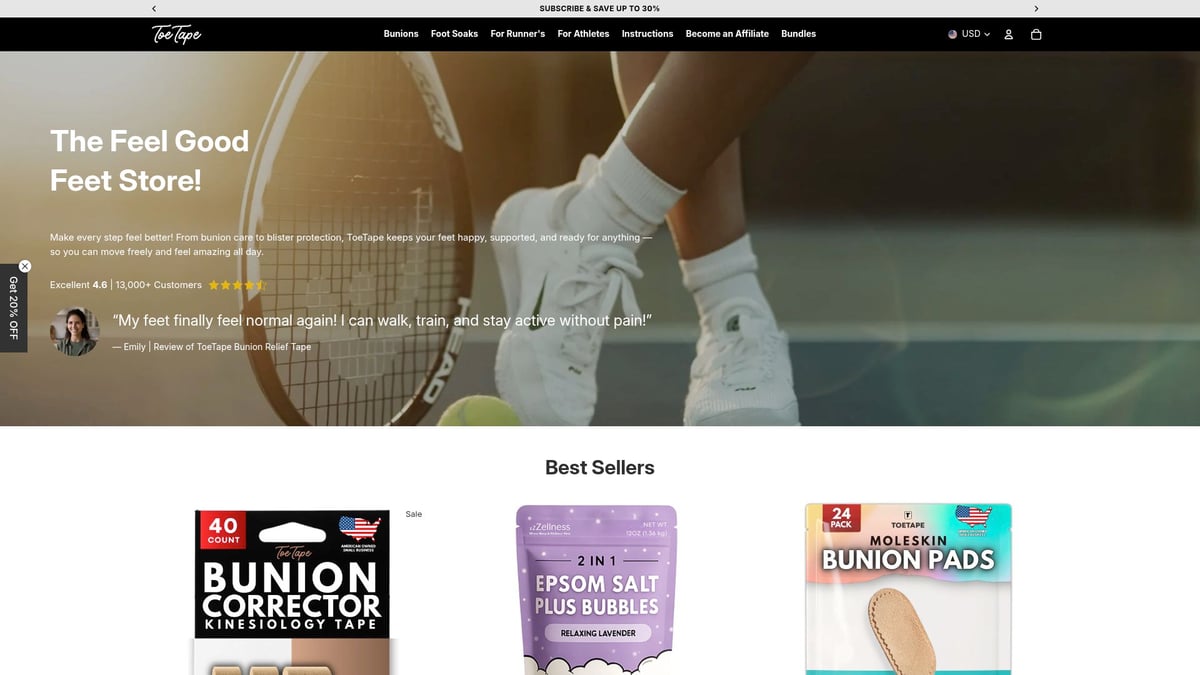
- Easy-to-follow instructions help you achieve consistent results.
- Bundled solutions, including tape, pads, and foot soaks, provide comprehensive care.
- Over 13,000 customer reviews and a 4.6-star rating reflect high satisfaction.
- ToeTape’s offerings complement your taping regimen, especially when used alongside other therapies.
To explore more options for holistic bunion care, consider Bunion relief product bundles for a complete solution.
Advanced Taping Techniques and Customizations
Personalize your kinesiology tape bunion approach to address unique needs. Modify tape patterns for overlapping toes or joint instability, or use double-layer taping for extra support during sports.
- Try different taping methods for severe or unusual bunion shapes.
- Colored tape can serve as a visual cue and boost motivation.
- Consult a podiatrist for recommendations on custom taping strategies.
Advanced techniques allow you to adapt your kinesiology tape bunion application as your condition or activity level changes.
Monitoring Progress and Adjusting Your Approach
Track your kinesiology tape bunion results by keeping a pain and activity journal. Note changes in discomfort, mobility, and tape durability.
- Look for signs of improvement, such as reduced swelling or increased comfort.
- If symptoms persist, consider updating your taping method or trying new products.
- Schedule periodic foot assessments with a podiatrist to ensure optimal care.
- Runners, for instance, often adjust their taping approach as their training intensifies.
Ongoing monitoring helps you fine-tune your kinesiology tape bunion routine for consistent, lasting relief.
Frequently Asked Questions About Kinesiology Tape for Bunions
If you are considering kinesiology tape bunion solutions, you likely have questions about safety, results, application, and coverage. Here are the answers to the most common concerns from patients and professionals.

Is Kinesiology Tape Safe for Daily Use?
Kinesiology tape bunion solutions are generally safe for most users when applied correctly. Many products are hypoallergenic, reducing the risk of skin irritation. Before taping, always check for open wounds or pre-existing skin issues. For sensitive skin, select a tape designed for allergies.
Tips for safe use:
- Rotate tape placement slightly with each application.
- Allow skin to breathe between uses.
- Limit continuous wear to 2–3 days, then remove gently.
For children or older adults, consult a healthcare provider first. According to a 2023 dermatologist survey, most users report no serious reactions with proper kinesiology tape bunion application.
How Long Does It Take to See Results?
Most people experience relief from kinesiology tape bunion pain within 1–2 days of initial application. The timeline depends on bunion severity, activity level, and tape quality.
Look for these signs of improvement:
- Reduced pain during walking
- Less swelling around the joint
- Improved toe alignment
If you do not notice benefits after several days, reassess your taping technique or consult a professional. Many users report, “I felt relief after my first day of taping,” especially when following a structured approach.
Can I Tape My Own Feet or Should I See a Specialist?
You can often apply kinesiology tape bunion support at home with proper guidance. Many individuals use online video tutorials or written instructions to learn the process. For step-by-step visuals, see this Kinesiology Taping for Hallux Valgus guide.
Consider consulting a podiatrist or physical therapist if:
- You have severe bunion deformities
- Taping causes discomfort or skin issues
- You need a custom taping pattern
Athletes often learn self-taping for competitions, while others benefit from a specialist’s demonstration for the best kinesiology tape bunion results.
Will Insurance Cover Kinesiology Tape for Bunions?
Insurance coverage for kinesiology tape bunion supplies varies by provider and plan. Some policies recognize medical tape as a reimbursable expense, especially with a doctor’s prescription.
Ways to maximize coverage include:
- Using FSA or HSA accounts for tape purchases
- Requesting itemized receipts for insurance claims
- Checking if your plan lists foot care supplies as eligible
Out-of-pocket costs are typically low, but always confirm with your insurer. For chronic conditions, a prescription may improve your chances of reimbursement.
The Future of Bunion Care: Trends and Innovations for 2025
Innovations in bunion management are transforming how individuals approach relief and prevention. As research accelerates, the kinesiology tape bunion method is gaining traction for its adaptability and science-backed results. Understanding these trends helps patients and practitioners make informed decisions for the year ahead.
Latest Research and Technology in Bunion Management
Recent clinical studies are shedding new light on the effectiveness of kinesiology tape bunion applications. In 2024 and 2025, researchers have focused on how advanced tape materials and improved adhesives increase comfort and durability for daily use.
Emerging technologies, such as smart wearables, are now being integrated with tape to monitor foot pressure and movement in real-time. Personalized taping patterns, created through 3D foot scanning, allow for custom-fit solutions tailored to each individual's bunion shape. One pilot study even explored AI-guided recommendations for tape placement, improving both outcomes and patient confidence.
These advancements mean that the kinesiology tape bunion approach is more precise and accessible than ever, offering hope for those seeking non-invasive care.
Evolving Best Practices for Taping and Foot Health
Best practices for using kinesiology tape bunion techniques are constantly evolving. In 2025, podiatry associations emphasize the importance of updated taping protocols and integration with physical therapy. Clinics and online platforms provide ongoing education and community support for self-care.
Patient-driven feedback is shaping new guidelines, ensuring techniques remain practical and effective. For a comprehensive overview of methods, Bunion Taping Techniques highlights the latest approaches and their benefits.
As more practitioners adopt taping, collaboration between specialists and patients is leading to improved satisfaction and long-term results.
Addressing Myths and Misconceptions About Taping
Despite growing evidence for kinesiology tape bunion interventions, misconceptions persist. Some believe that taping is a quick fix or that it can reverse bunion deformities entirely. In reality, taping is most effective as part of a holistic plan rather than a standalone cure.
It is also a myth that taping is only suitable for athletes. Adults with various activity levels can benefit from pain relief and improved function. Experts stress the importance of setting realistic expectations and combining taping with other supportive measures for optimal outcomes.
Clear information from trusted sources helps patients make better choices and avoid disappointment.
Empowering Patients: Self-Management and Advocacy
Empowering individuals to manage their own kinesiology tape bunion care is a key trend for 2025. Tools such as mobile apps and journals make it easier to track pain, activity, and taping routines. Online forums and local support groups provide encouragement and shared experiences.
Patients are also advocating for increased access to non-invasive treatments and education. Awareness campaigns, both online and in communities, are driving change and reducing stigma around foot health.
By staying proactive and informed, individuals can take control of their bunion journey and achieve better long-term outcomes.
If you’re ready to put these expert bunion taping strategies into practice and want a solution that truly moves with you, ToeTape’s kinesiology tape is designed exactly for your needs. You’ve learned how targeted support and the right materials can make all the difference in daily comfort and mobility. Whether you’re active or just seeking relief for everyday activities, using tape made specifically for bunions helps you stay one step ahead of pain. Empower yourself to walk with confidence and ease—discover Get Bunion Relief that Moves with You! and experience the difference today.
